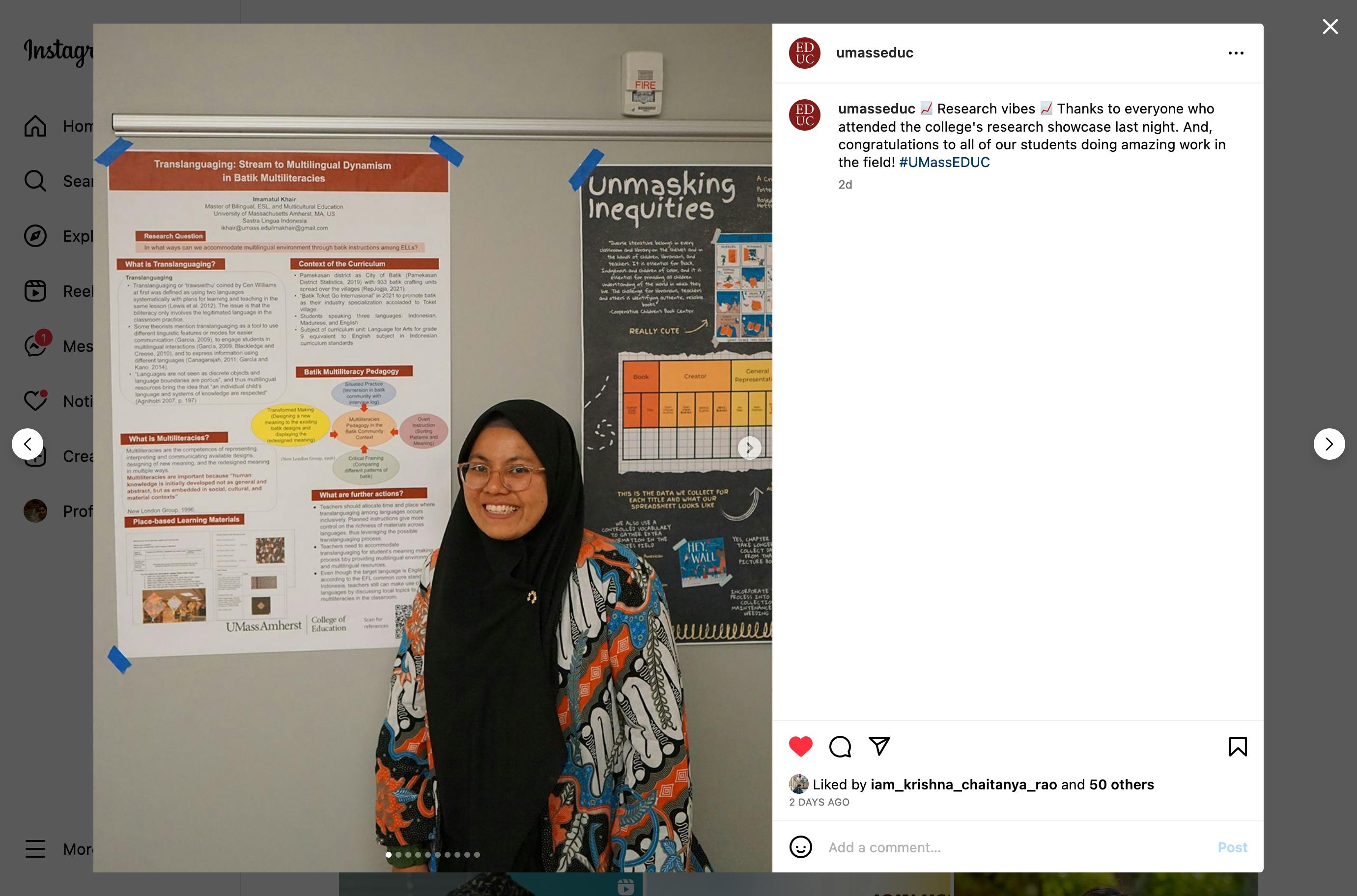Written by Sai Gattupalli
In the fascinating world of educational research, my colleague Will Lee, PhD and I have embarked on a journey exploring the intersection of emotion, movement, and embodiment in maths learning and game-based learning. Today, we presented our preliminary findings in a poster titled "Theories and Practices of Emotion, Movement, and Embodiment in Mathematical Learning" at the Annual Research Showcase hosted by the College of Education at UMass Amherst.
Our research underscored the interconnectedness of emotion, bodily movements, and gestures during embodied maths learning (see WearableLearning.org). To analyze and correlate the physical movements of participants' game play, we collected footage with log data like math mastery, we experimented with pose estimation packages such as OpenPose, DeepLabCut, and YOLO. However, we found OpenPose to be more suitable for our work. Constructive feedback from my Dissertation Committee Member, Associate Professor and the Chair of the Teacher Education & Curriculum Studies Department, Betsy McEneaney, sparked interest in furthering the scope of our work to include a research synthesis of the different AI techniques we employed in our study, such as OpenPose, DeepLabCut, and YOLO.
Going forward, we aim to emphasize that doing/practicing maths is not just a cerebral activity but a multimodal process involving physical movement, emotion, and collaboration. We plan to log performance data (such as math problem-solving) to understand the connection between embodiment and math learning at a micro level, to be presented in a real-time facilitator dashboard.
This research was shaped and guided by the expertise of our research advisor, Professor Ivon Arroyo, and consultation from Professor Jeanne Brunner. Their inputs have been instrumental in our progress.
Full poster

Professor Arroyo, who is the world's learning researcher in computational thinking education and games for learning, brought her younger son, Lorenzo.
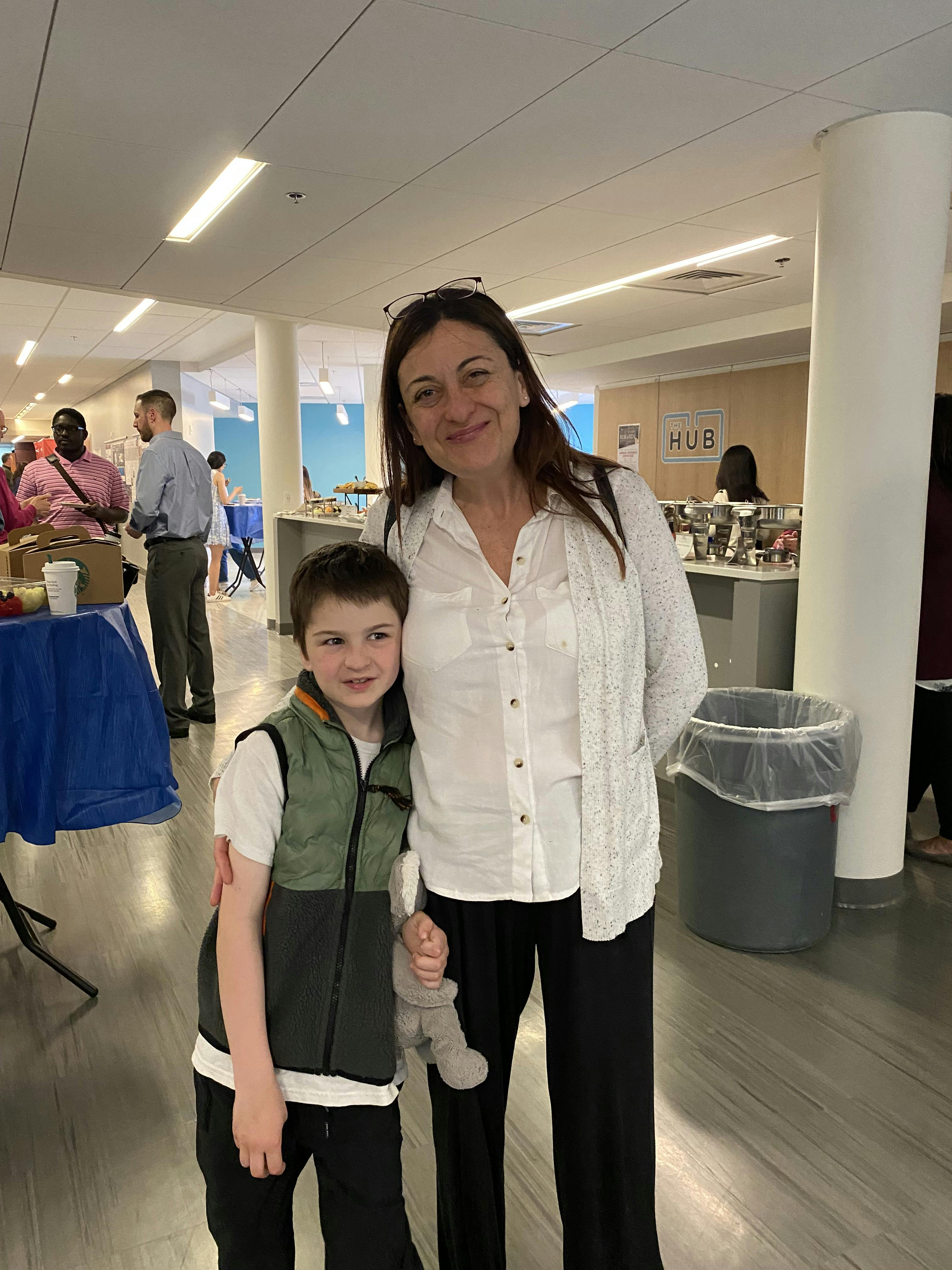
Pictures of other scholars and their posters from EDUC Instagram:
More pictures from EDUC Facebook:
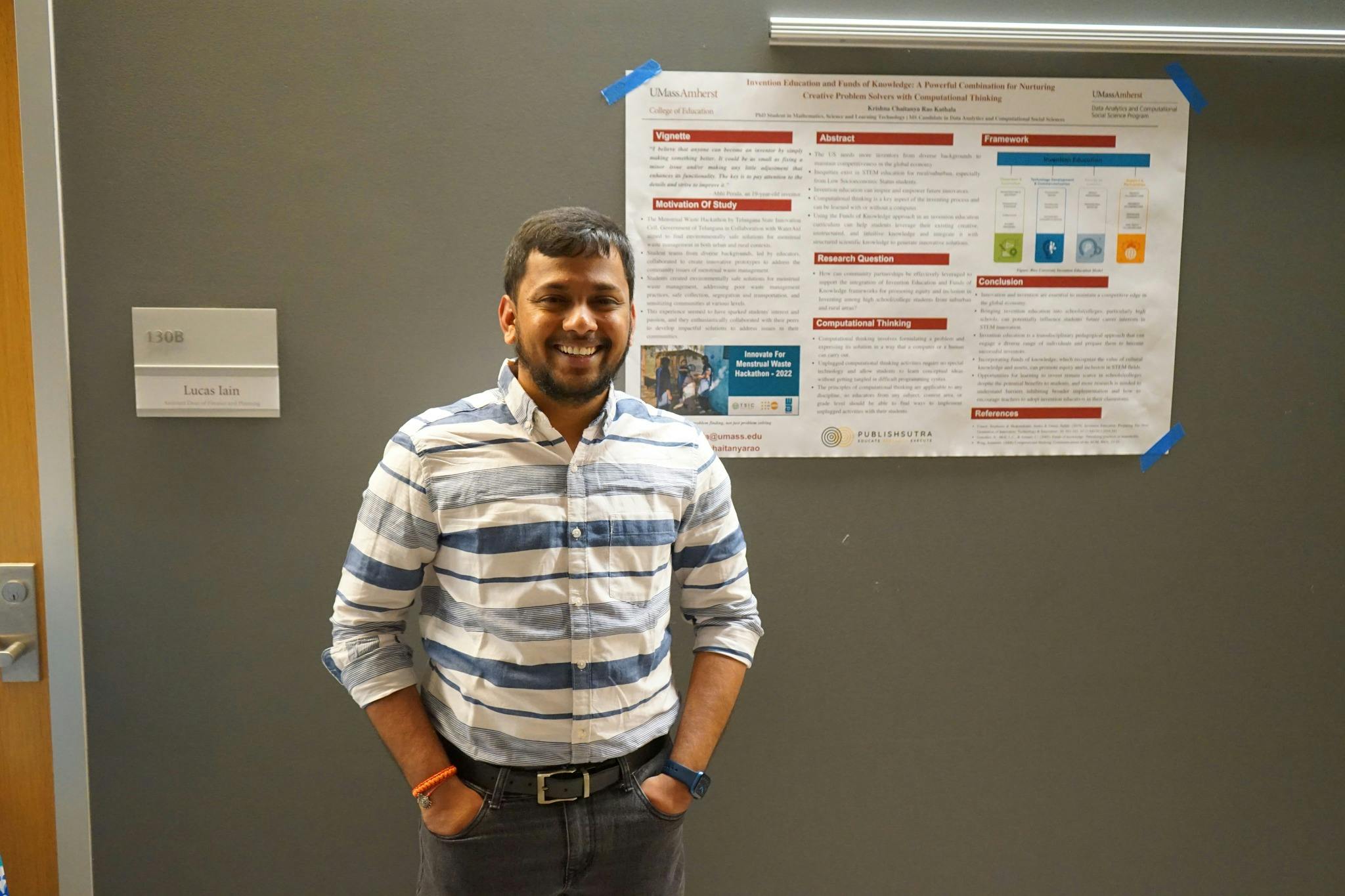


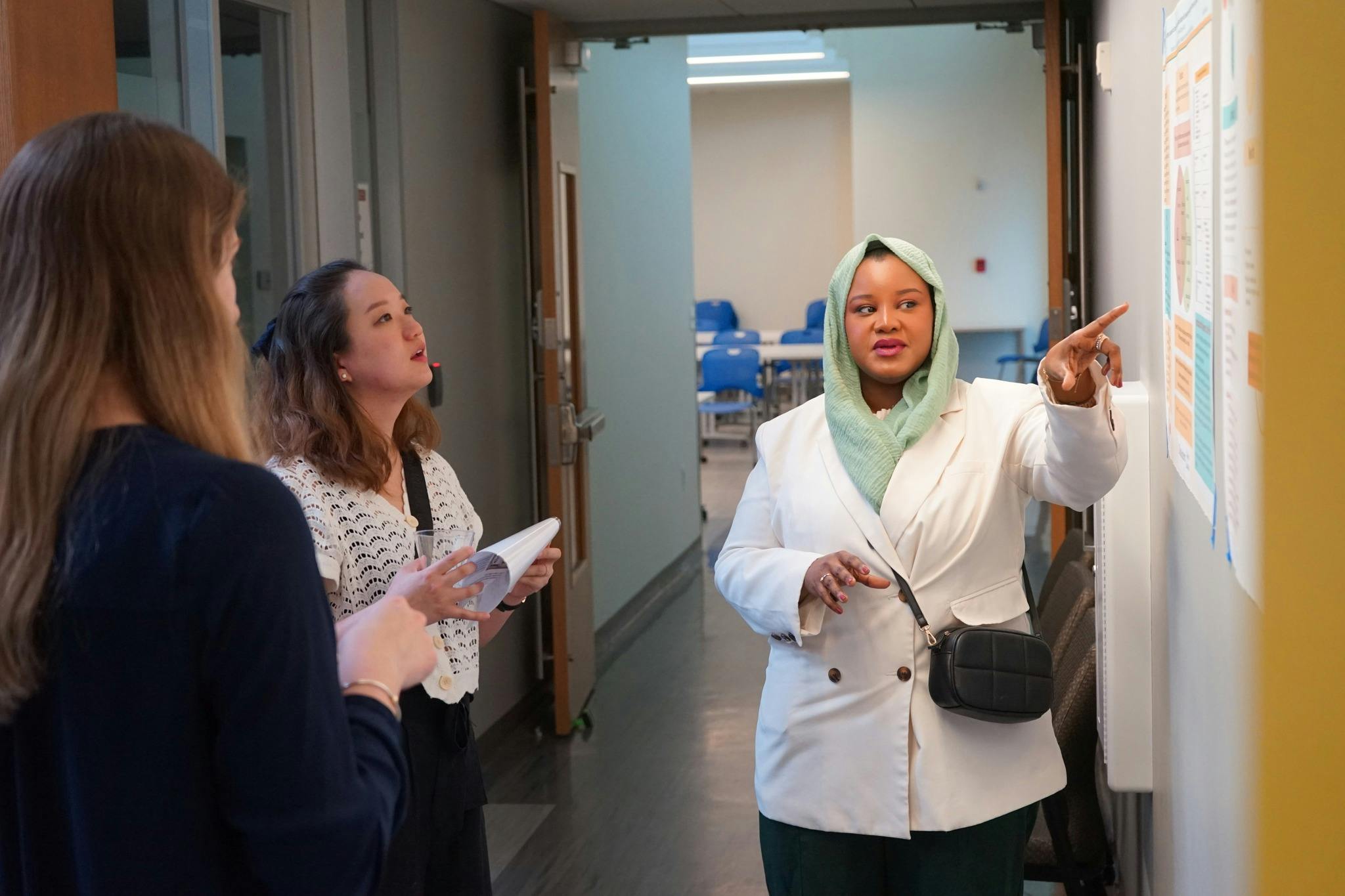


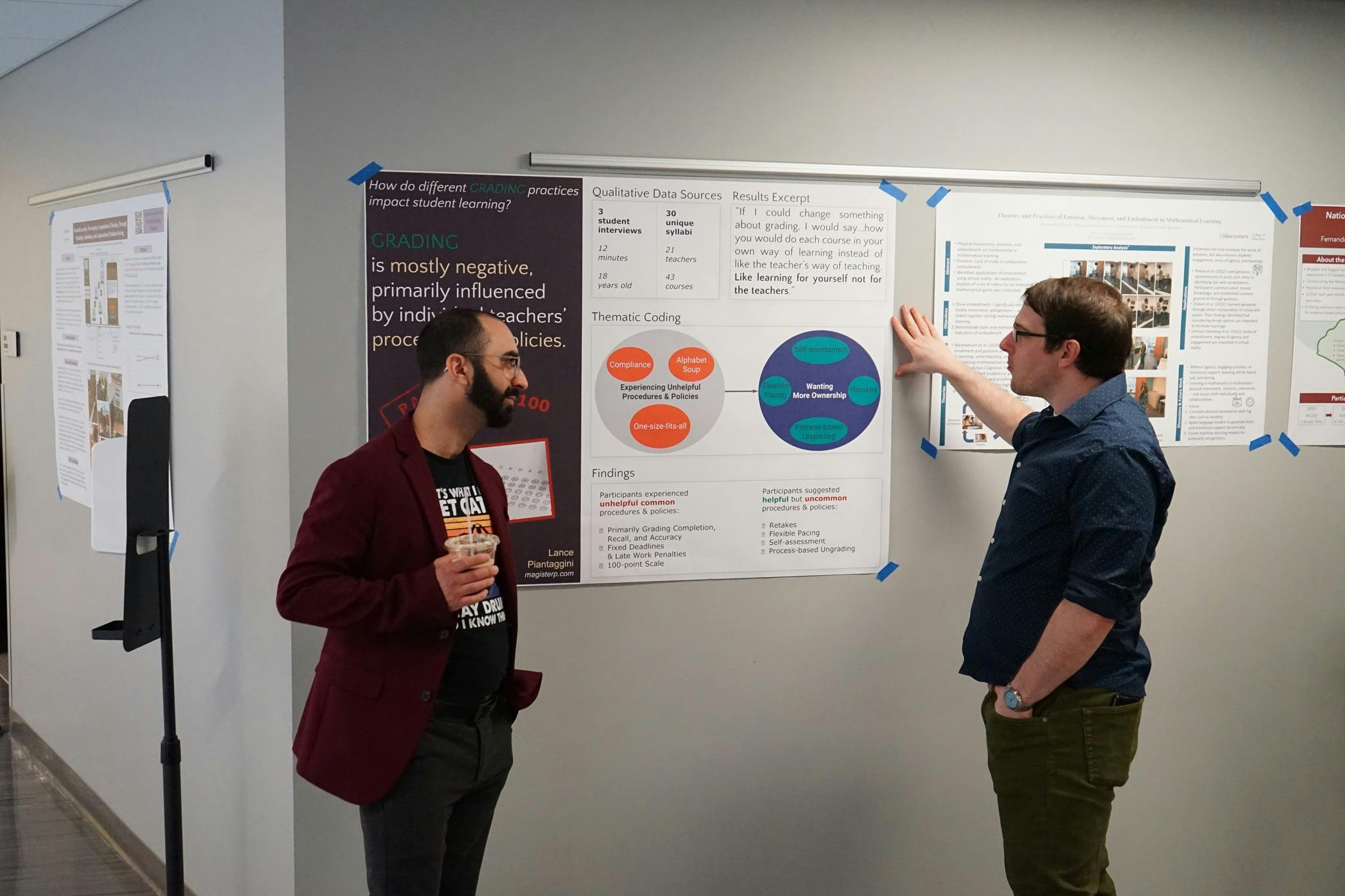
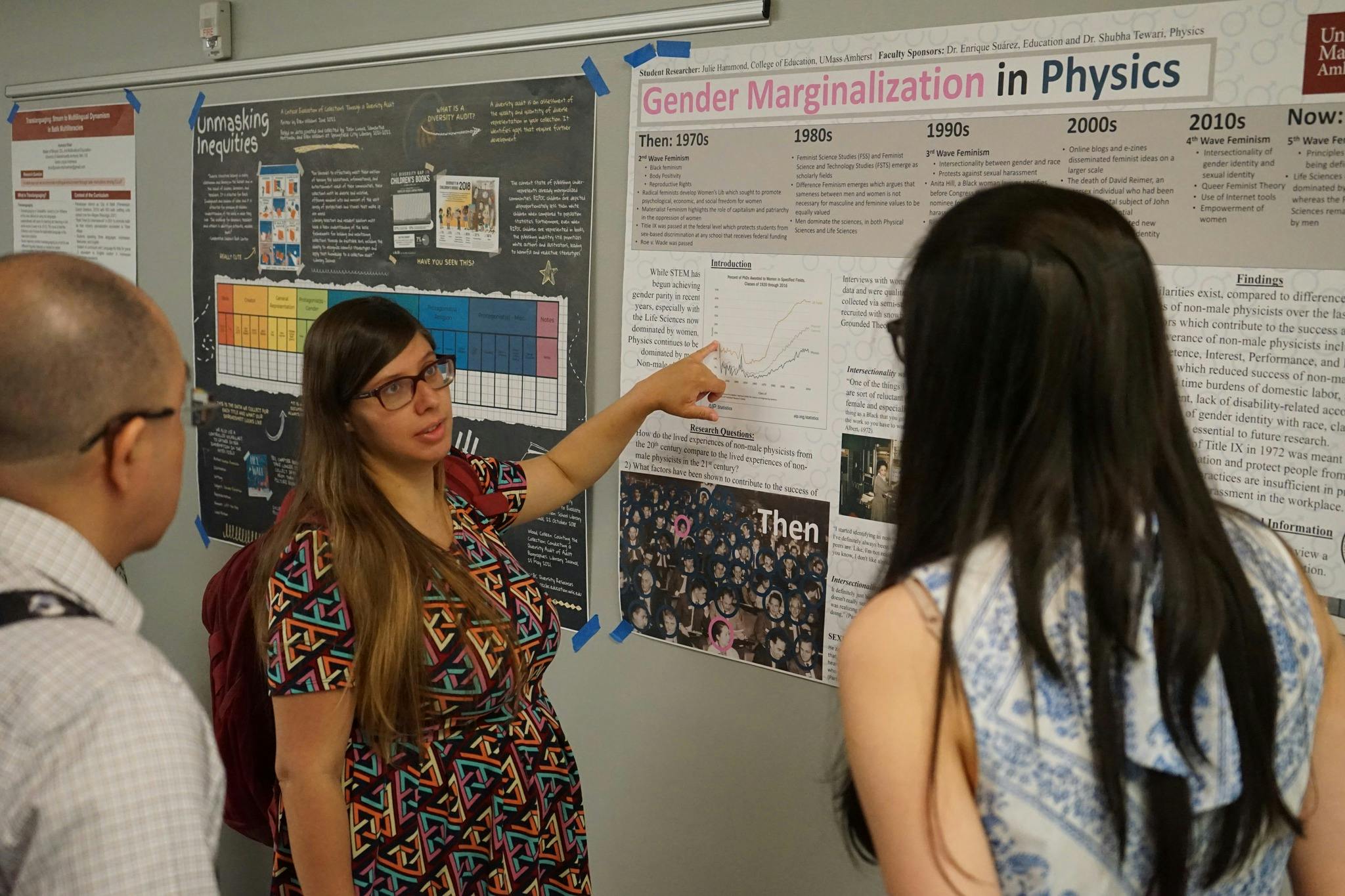
Cosmos Pic of the Week
JWST NIRCAM showing gravitational lensing in action.
Gravitational lensing is like a giant cosmic magnifying glass. When light from distant stars passes near a massive object, like a galaxy, the gravity of the big object bends the light, making the star look distorted or brighter to us.
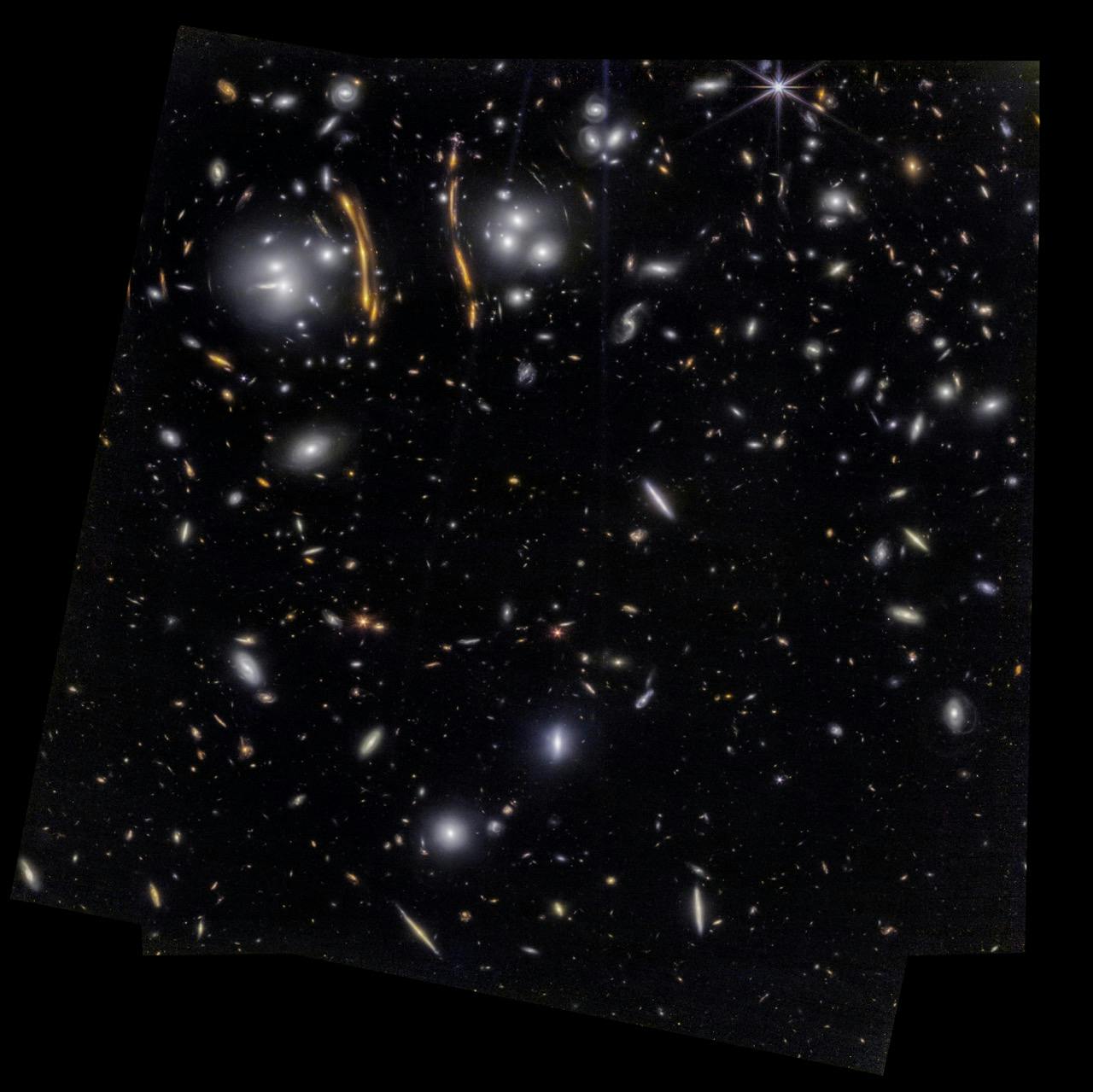
Source: MAST portal↗
The image below shows a Reddit user's extensive work showing on the original gravitational lensing imagery (left). Their analysis shows the presence of a type one-A supernova (H0pe).
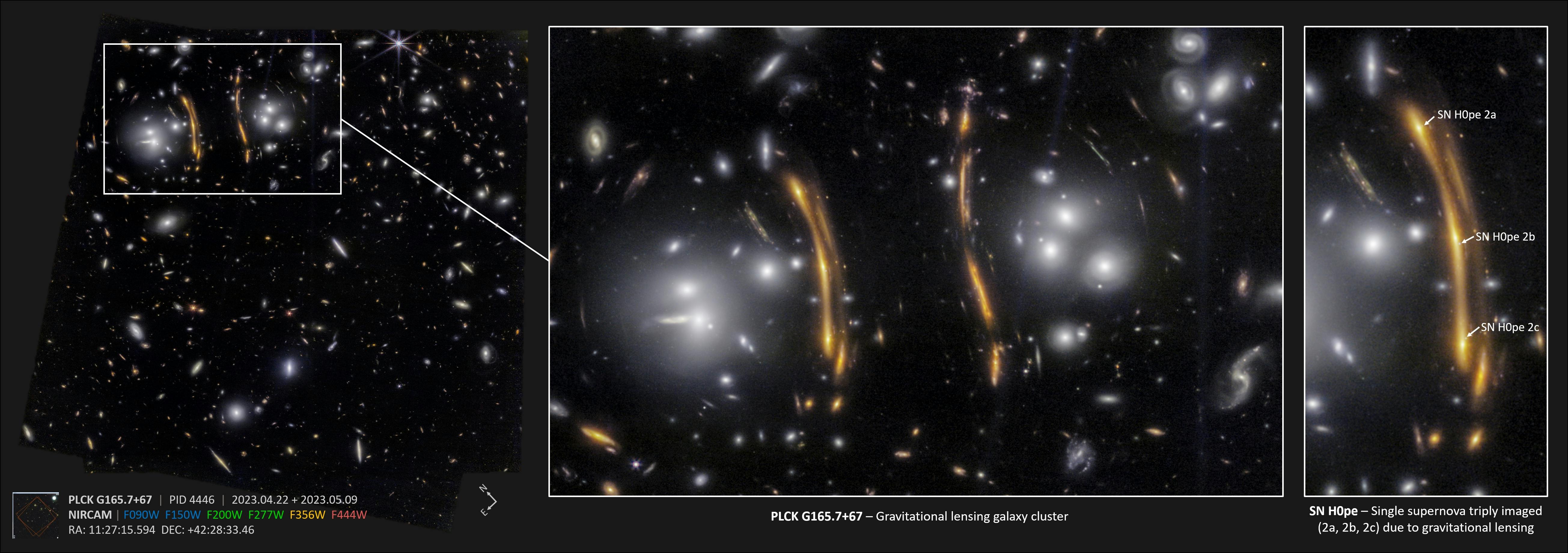
"Triple-lensed Supernova "H0pe" helps JWST measure expansion rate of universe". Read their indepth analysys on Reddit here. Source: /r/space/
Stand on the shoulders of giants.

